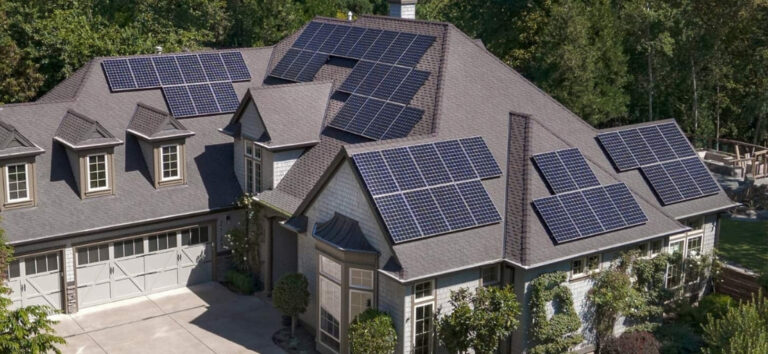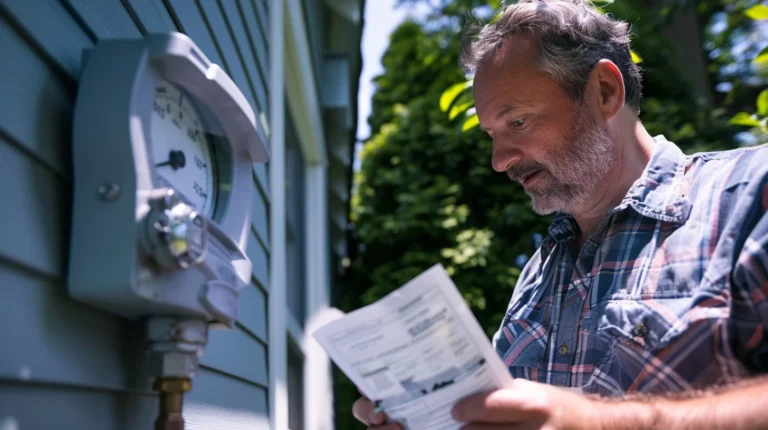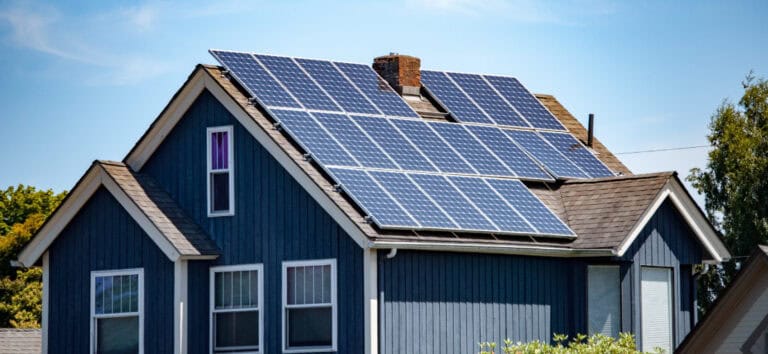If you’re an Oregon homeowner interested in going solar, you’ve probably already heard that you can lower the cost of your system by taking advantage of numerous solar incentives. But, what are those incentives exactly?
Well, you’re in the right place. Neil Kelly Solar specialists are not only deeply familiar with the most current Oregon solar energy incentives, but we’re also dedicated to helping you maximize the financial help you can get from them.
The Beaver State offers strong solar incentives, including solar rebate programs, net metering, and the federal solar tax credit. These incentives tend to change based on which political party is in power and the most recent legislation put forth, which is why it may seem confusing and why it helps to have knowledgeable solar professionals in your corner.
Here Are the Oregon Solar Incentives Available in 2024
Let’s start with the first cost-saving opportunity you’ll encounter when you make the switch to solar power, which are Oregon’s state-wide rebate programs.
Solar Rebate Programs in Oregon
Our largest rebate programs are managed by the Oregon Department of Energy (ODOE) and Energy Trust of Oregon.
First up is the Oregon Solar + Storage Rebate Program, which is managed by ODOE. When you enroll in this program, your rebate will be issued to a program-approved contractor, who will pass the savings on to you.
According to the Oregon Solar + Storage Rebate Program webpage, you can receive up to $5,000 (as a “discount,” essentially) on your solar electric system and up to $2,500 on your energy storage system. Here’s the fine print on the “up to” part:
- If you qualify as a low- or moderate-income household, you’ll receive up to $1.80 per watt of installed capacity, covering up to 60% of the net cost or $5,000, whichever is less.
- If your household doesn’t qualify as low- or moderate-income, you may still be eligible for utility incentives and receive a rebate of $0.20 per watt of installed capacity up to 40% of the net cost or $5,000, whichever is less.
- And, if your household isn’t eligible for utility incentives, you may still qualify for a state rebate of $0.50 per watt, covering up to 40% of the net cost or $5,000, whichever is less.
Incentives are also available for “low-income service providers.” According to ODOE, “Oregon-based organizations that provide services to Oregonians with low and moderate incomes can receive a rebate of up to $30,000 for a solar electric system and up to $15,000 for an energy storage system.”
Next up are the rebates given through Energy Trust of Oregon and your utility company, which are also based on the capacity of your system and awarded as a discount of sorts through a program-approved solar contractor. As of May 20th, 2024:
- Portland General Electric customers can receive $1,000 for solar energy and $500/kWh up to $6,000 per home for battery storage.
- Pacific Power customers can receive $1,200 for solar and $500/kWh up to $6,000 for battery storage.
Energy Trust offers additional rebates for low-to-moderate-income households through the Solar Within Reach Program.
- Eligible homeowners with PGE can receive $1.20/W up to $7,200 for solar and $1,000/kWh up to $13,000 for battery storage.
- Eligible homeowners with Pacific Power can receive $1.00/W up to $6,000 for solar and $750/kWh up to $10,000 for battery storage.
Businesses with PGE or Pacific Power can receive $0.15/W up to $15,000 off of the cost of their solar energy system.
Qualifying non-profit organizations can receive $0.50/W up to $30,000, Affordable Housing projects can receive $0.75/W up to $45,000, and Tribes can receive $1.00/W up to $50,000.
Utility-based incentives similar to those listed above are also available in Eugene, Salem, and Ashland.
Net Metering in Oregon
Once your system is installed, Oregon utility companies are required by law to offer net metering. Net metering allows the solar power generated at your home or commercial building (up to 25 kW for residential installations, and 2 MW for commercial) to be fed into the grid and credited to your account. Whether you consume the electricity or feed it back into the grid, you will see the savings on your electricity bill.
Energy Trust of Oregon explains, “If you generate more power than you use in a given month, your electric bill will have no kilowatt-hour charges, and you will only have to pay the basic utility service charges — typically about $12 per month. The surplus energy will generate kilowatt-hour credits that will be applied to your future electric bills. Unused credits will accumulate in your Portland General Electric or Pacific Power account. This means credits accumulated during sunny summer months can be applied to charges during Oregon’s cloudy winter months.”
According to the Oregon Public Utility Commission, this credit is carried over for up to 12 months.
The Federal Solar Tax Credit
The year after your system is installed, you can benefit from the Federal Solar Tax Credit, or the Investment Tax Credit (ITC), which is available to residential and commercial property owners and is based on your total solar energy investment.
The ITC allows a deduction of 30% of the cost of your solar energy system (including equipment and labor, but minus the state-based incentives you received) from your federal taxes for systems installed between 2022 and 2032. This credit also applies to energy storage devices that have a capacity rating of 3 kilowatt-hours (kWh) or greater.
The ITC rate is currently set to decrease to 26% for systems installed in 2033 and to 22% for systems installed in 2034. Unless Congress renews it, the federal solar tax credit will expire in 2035. Visit energy.gov for more info about federal solar programs.
The Bottom Line
Is it all worth it? While Oregon is known for rainy weather, we still get an average of 142 sunny days per year, which is more than enough to generate substantial solar power. And thankfully, today’s advanced solar PV panels can generate electricity even on cloudy days.
Over the last 18 months, average solar costs according to Energy Trust of Oregon have ranged between $3.67/W and $4.41/W, and average installations have ranged between 8.6kW and 10.1kW. But that math alone can be discouraging. The generous combination of state and federal financial incentives plus favorable net metering laws outlined above can save you thousands and make going solar a worthwhile investment for many Oregon homeowners.
And, the benefits extend beyond finances. Switching to solar electricity makes our environment healthier and contributes to our state’s renewable energy goals. It is suggested that every kW of your installed system reduces your home’s carbon footprint by 3,000 pounds per year (when compared to fossil fuels). This means a 10kW system can reduce a household’s carbon footprint by 15 tons of CO2 annually, which according to the EPA is equivalent to taking 3.6 gas-powered cars off the road.
Talk to a Neil Kelly Solar specialist to find the right solar energy system for your home or business and calculate your total out-of-pocket cost. Schedule a complimentary solar assessment today.




